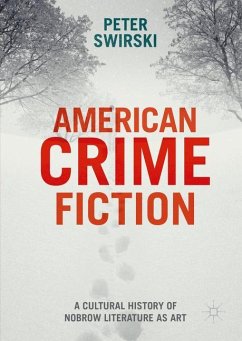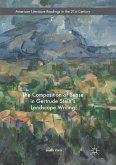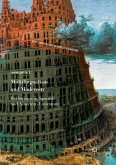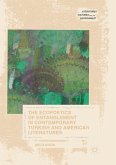Peter Swirski looks at American crime fiction as an artform that expresses and reflects the social and aesthetic values of its authors and readers. As such he documents the manifold ways in which such authorship and readership are a matter of informed literary choice and not of cultural brainwashing or declining literary standards. Asking, in effect, a series of questions about the nature of genre fiction as art, successive chapters look at American crime writers whose careers throw light on the hazards and rewards of nobrow traffic between popular forms and highbrow aesthetics: Dashiell Hammett, John Grisham, William Faulkner, Ernest Hemingway, Raymond Chandler, Ed McBain, Nelson DeMille, and F. Scott Fitzgerald.
"American Crime Fiction: A Cultural History of Nobrow Literature as Art has a unique approach to the question of the value of genre fiction and the relationship between high and low culture. ... American Crime Fiction would appeal to a non-specialist or to those specializing in American popular culture more generally ... . For those who enjoy American crime fiction this book is not to be missed." (Anna Kirsch, International Crime Fiction Association, captivatingcriminalitynetwork.net, February, 2018)
"Swirski is once again to be congratulated for integrating his extensive knowledge of literature, literary theory, and literary aesthetics and his insightful views on culture. American Crime Fiction is fascinatingly challenging in its take on America, on crime, on fiction, and on art. Anyone interested in any of these will have a great time reading it. The book has arguably more to offer to those interested in American history and culture ... ." (Iris Vidmar, The Journal of Aesthetics and Art Criticism, Vol. 75 (3), 2017)
"Swirski is once again to be congratulated for integrating his extensive knowledge of literature, literary theory, and literary aesthetics and his insightful views on culture. American Crime Fiction is fascinatingly challenging in its take on America, on crime, on fiction, and on art. Anyone interested in any of these will have a great time reading it. The book has arguably more to offer to those interested in American history and culture ... ." (Iris Vidmar, The Journal of Aesthetics and Art Criticism, Vol. 75 (3), 2017)








